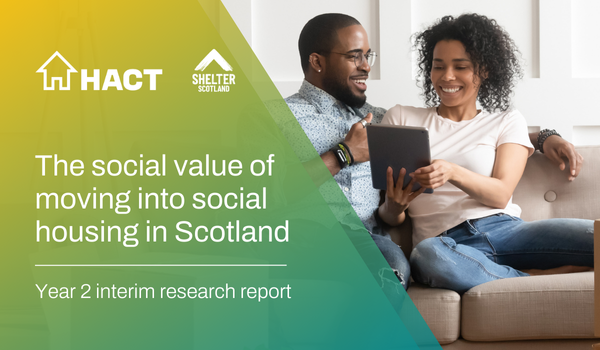“Flexibility is the key strength of this framework, in that it allows very different social landlords – by strategic objectives or geographical focus, for instance – to review their approach to measuring resident feedback whilst retaining the ability to properly apply the recommendations to their specific circumstances.
In the context of a changing relationship with our residents, as we navigate through the coronavirus crisis, and following the publication of the Social Housing White Paper, we hope the framework will serve as a valuable tool to put resident feedback to more meaningful operational use,”
Fabio Miccoli
Research and Policy Analyst at Network Homes




